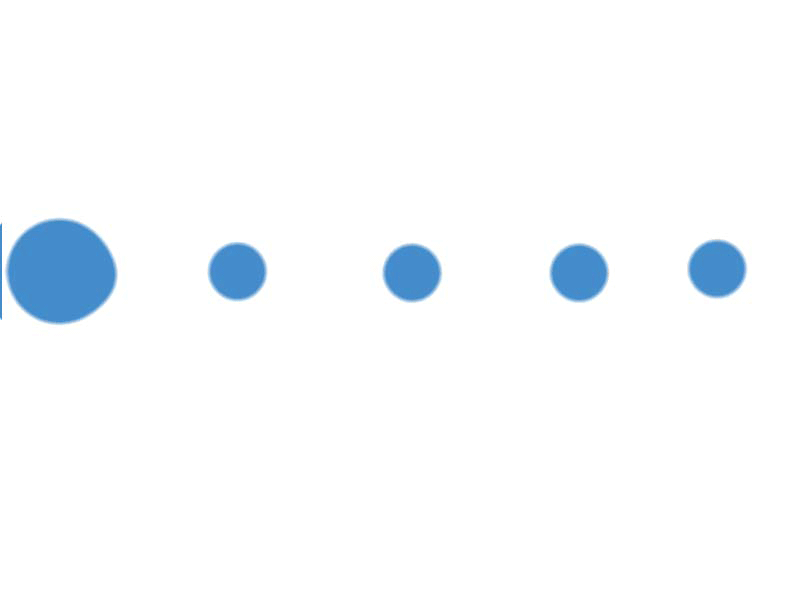By Koketso Mano
Headline inflation was 2.7% y/y in March, down from 3.2% in February. The print was below our and the consensus expectation of 2.9% and 3.0%, respectively. Monthly pressure was 0.4%, led by contributions from core inflation.

Core inflation was 0.5% m/m, and 3.1% y/y - down from 3.4% previously, continuing to highlight the benefits of prevailing base effects. Monthly pressure was driven by housing, education, as well as alcoholic beverages and tobacco. Services inflation recorded 0.5% m/m, and 3.5% y/y. Core goods inflation was 0.5% m/m and 2.2% y/y.
Average fuel prices declined by 0.4% m/m and 8.8% y/y.
Food and non-alcoholic beverages (NAB) inflation was 2.7% y/y, slowing from 2.8% previously, with barely any monthly inflation. Upward pressure on vegetables and cereal prices was mitigated by meat, as well as dairy, and eggs deflation.
Outlook
Inflation should remain steady in April before resuming a rising trend in May - we see the April headline number at 2.7%. Some monthly pressure could show up in food inflation, while fuel price declines continue to contain overall inflationary pressure.

The favourable base effects that have kept headline inflation around the bottom of the inflation target range should start to fade at around the turn of the year. However, the weak starting point and softer oil prices should support inflation below the midpoint of the inflation target range in 2H25, averaging below 4% this year. Furthermore, weak consumer confidence suggests restrained spending growth and poses downside risk to the outlook. That said, a turbulent global environment and risk aversion will likely continue to weigh on the rand and place some upward pressure on imported inflation. An implementation of the VAT increase would have a marginal impact on inflation.

Subdued inflation should continue to support the containment of inflation expectations. As price and wage setter expectations fall in line with the SARB's longer-term objective, there is less need for restrictive monetary policy, providing space for additional interest rate cuts in the near term. However, the conservative committee may choose to delay the resumption of the cutting cycle as global headwinds unfold. At this stage, we see higher odds of a premature end to the cutting cycle should developments prove unfavourable, but the SARB sees scenarios in which interest rates must rise.

The April inflation print is scheduled for release on 21 May. Major periodical surveys conducted in April include funeral expenses and insurance (1.48% weight in CPI).
